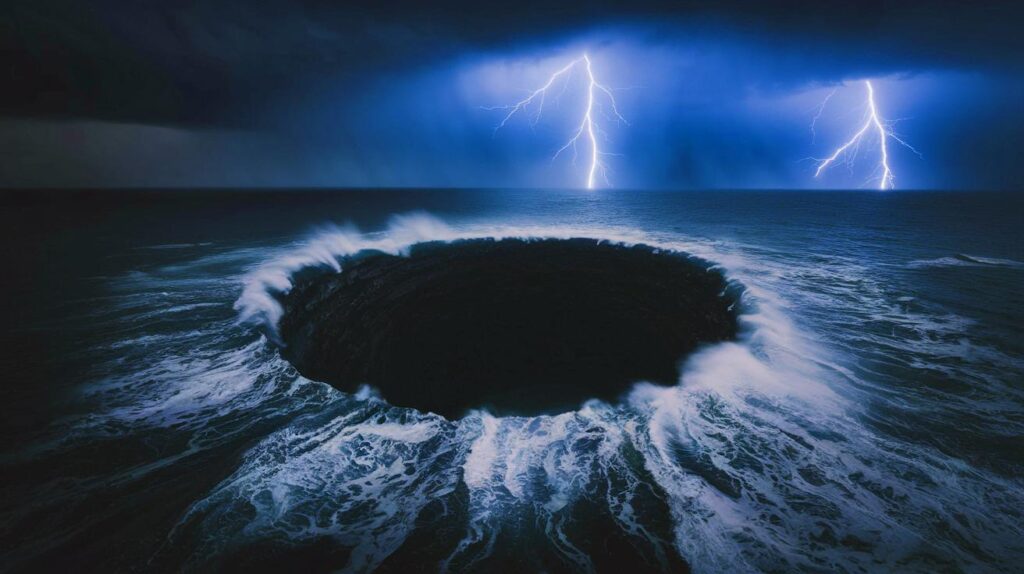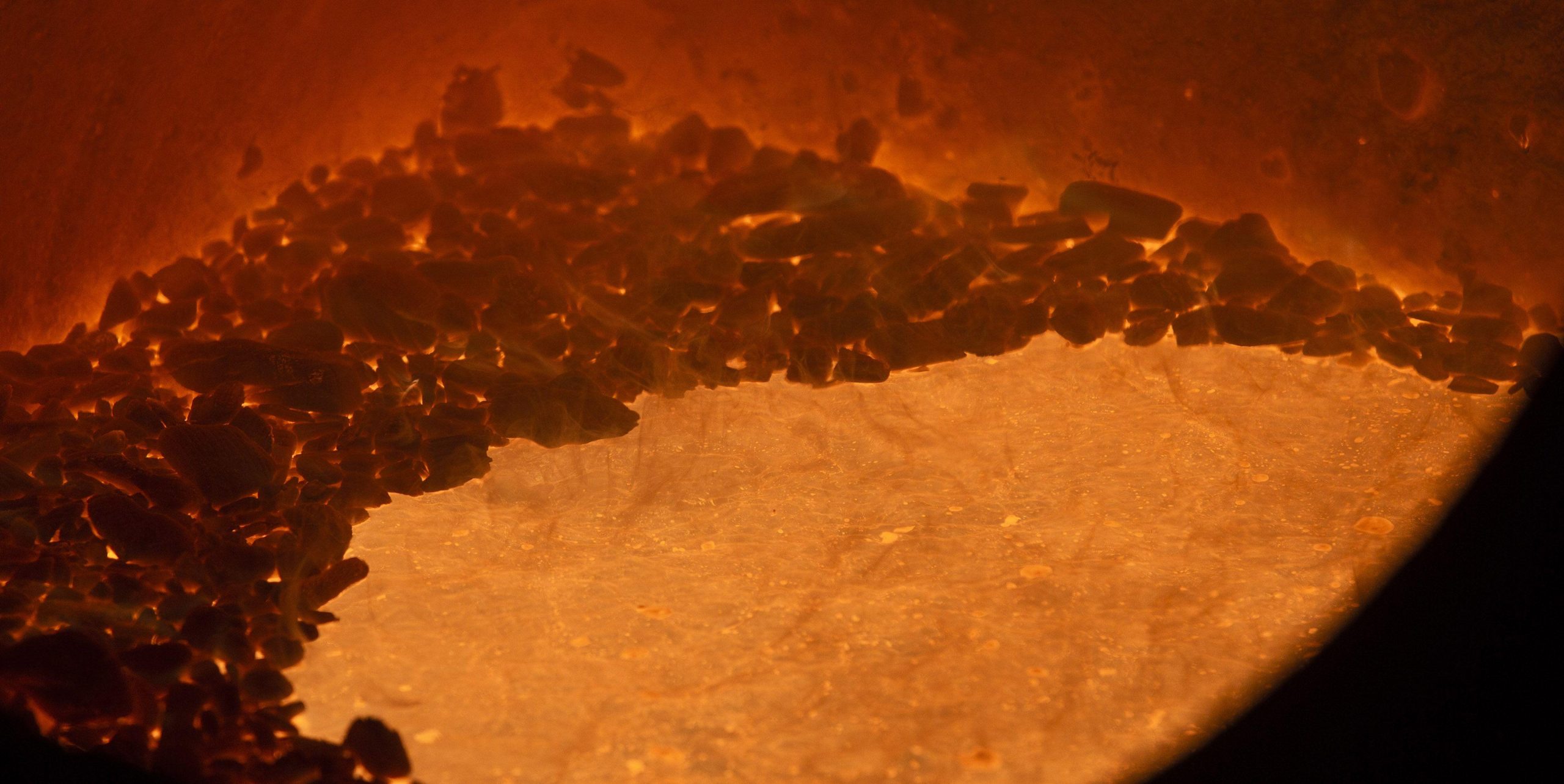| In Brief |
|
Blue holes, these fascinating geological formations, have caught the attention of scientists due to their ability to store valuable climate data. These underwater pits, formed by the collapse of limestone caves, are filled with seawater and provide a unique insight into the history of storms over millennia. By analyzing the sediments deposited at the bottom of these abysses, researchers can trace the evolution of storms and better understand the impact of current climate changes. A recent study conducted on the Great Blue Hole in Belize revealed troubling trends concerning the increase in storms in the region.
Blue Holes: Natural Climate Archives
Blue holes are more than just natural wonders. These geological structures, resembling dark water wells surrounded by coral reefs, are silent witnesses to the climatic history of our planet. Due to their oxygen-poor bottoms, sediments settle undisturbed. Thus, these locations preserve the traces of the storms that have transpired over the centuries. Researchers can extract these sediments, which act as natural archives, to analyze coarse particles deposited by storms. This method allows for reconstructing climatic pasts and identifying periods of intense cyclonic activity.
The results from studies on blue holes provide a unique perspective on climate evolution. Unlike human instruments that have only documented storms for a few centuries, these natural formations allow us to go much further back in time. Scientists can observe trends over millennia, revealing climatic variations that escape limited contemporary data.
The Great Blue Hole: A Witness for 5,700 Years
Recently, a team of scientists from Goethe University Frankfurt focused on the Great Blue Hole, located off the coast of Belize. With a depth of 125 meters and a diameter of 300 meters, this blue hole is one of the most impressive in the world. In 2022, researchers extracted a 30-meter-long sediment core, covering a period of 5,700 years. This study, published in Science Advances, revealed a gradual increase in storms in the region over this period.
By examining the different layers of sediment, researchers identified 574 storms. These layers, known as “tempestites,” are distinguished by their size, color, and composition, reflecting the intensity of the weather events. This discovery highlights an increase in storms over time, providing valuable insight into the climatic evolution of the Caribbean region.
Storms and Human-Induced Climate Change
Besides historical analysis, this study sheds light on the current causes for the increase in storms. Recent sediments show a significant rise in storm frequency, attributed to ocean warming linked to human-induced climate change. The sediment layers from the last twenty years indicate that the 21st century could see a number of storms well above those of previous centuries.
Dominik Schmitt, the lead author of the study, emphasizes the impact of the equatorial low-pressure zone, known as the Intertropical Convergence Zone. Its southward shift influences storm formation in the Atlantic, altering their trajectory and impact points in the Caribbean. These climatic changes exacerbate the frequency and intensity of storms, threatening ecosystems and local populations.
Future Perspectives: Challenges Ahead
The study of the Great Blue Hole highlights major issues related to climate change. Researchers predict that the number of storms in the Caribbean could reach 45 during this century, far exceeding the natural variability observed. Eberhard Gischler, a co-author of the study, emphasizes that these results surpass past trends, suggesting that future impacts could be devastating.
The data extracted from blue holes underscores the urgency to act against climate change. Governments and communities must enhance their resilience to storms and take measures to mitigate greenhouse gas emissions. These efforts are crucial to protect marine and terrestrial ecosystems, as well as vulnerable populations. How can we use this knowledge to better anticipate and manage the upcoming climate challenges?











